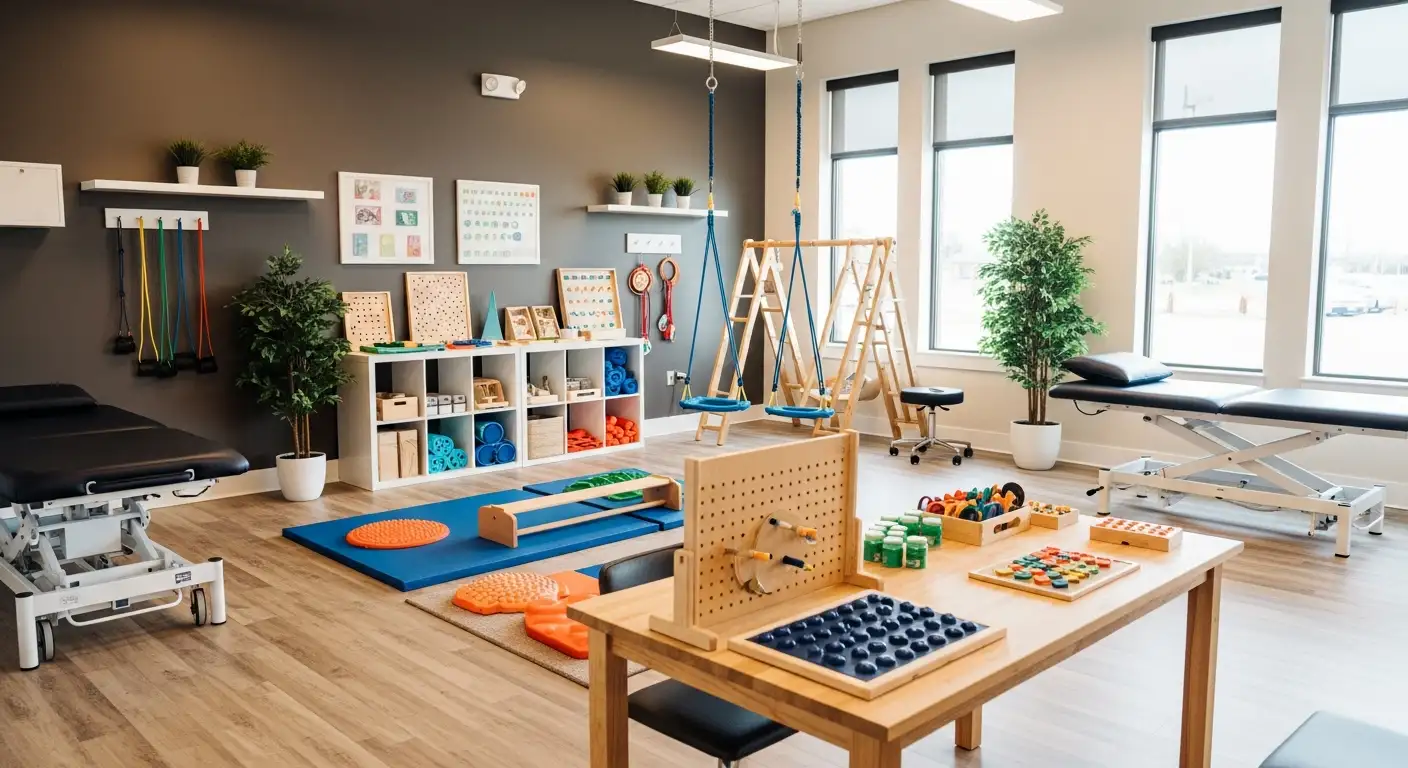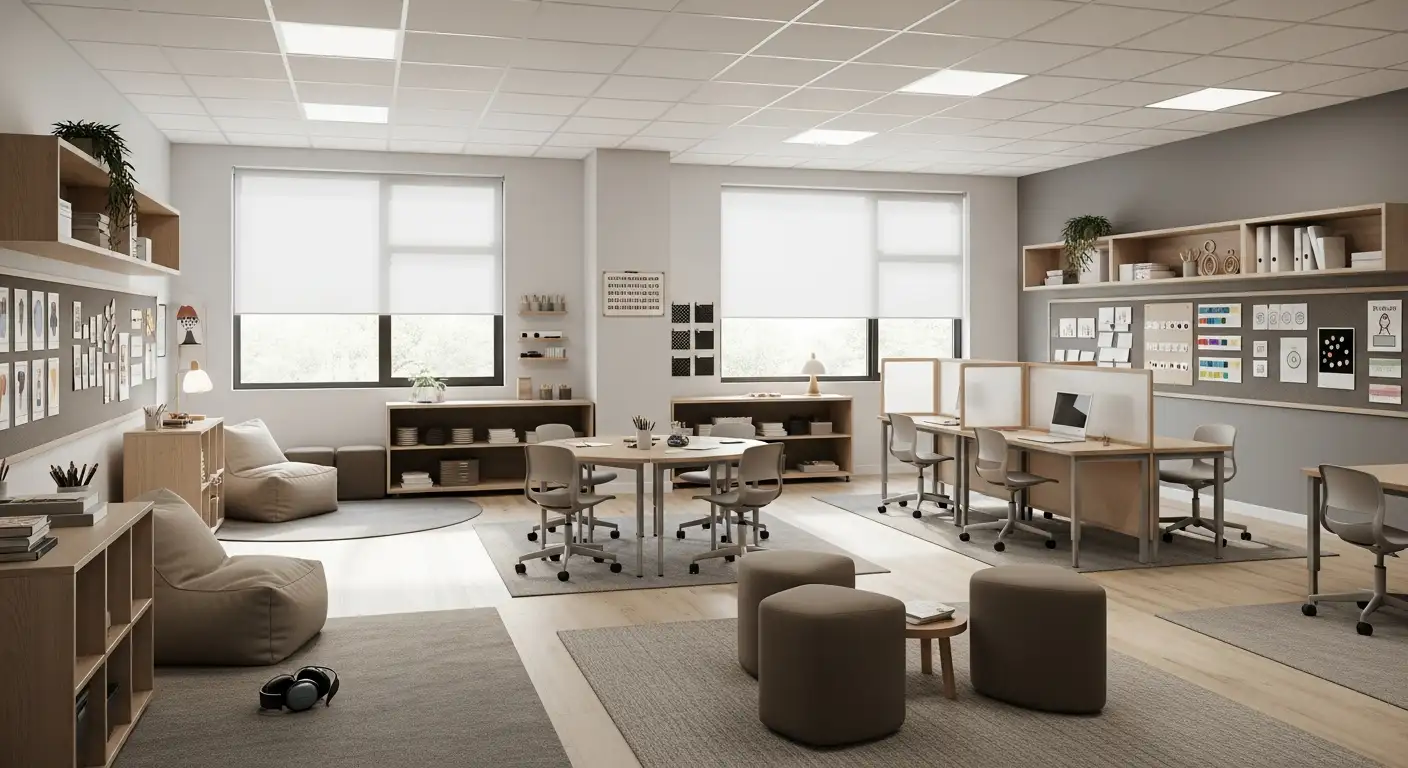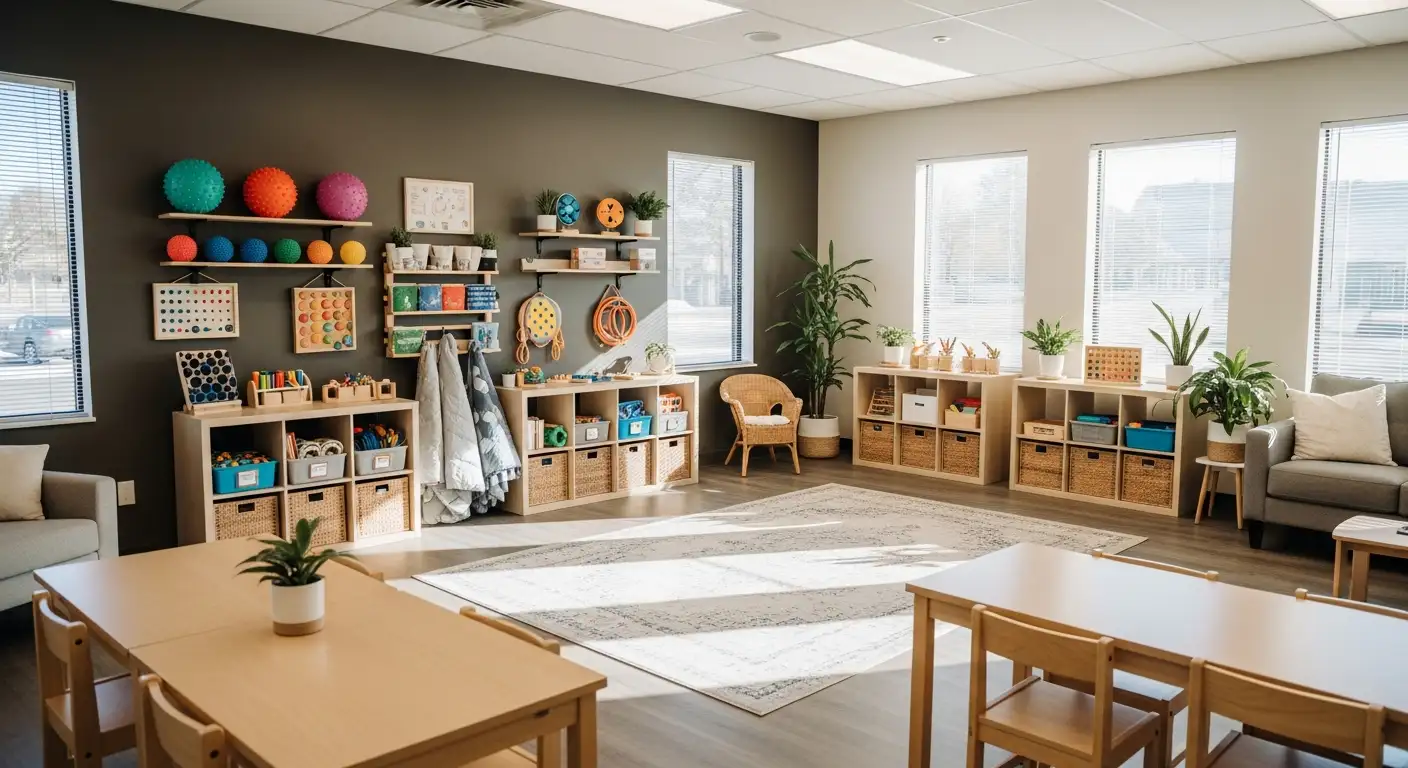Speech Therapy Strategies for Bilingual Children


Understanding Bilingual Speech Development
Bilingual children, similar to their monolingual peers, can reach speech and language milestones within normal age ranges. Despite some initial delays or differences in vocabulary size, their total language knowledge often exceeds that of monolingual children. Normal bilingual language development involves phenomena such as code-switching and language mixing, which are natural parts of learning more than one language.
Normal Bilingual Speech Development and Milestones

What are some milestones in bilingual children’s speech and language development?
Bilingual children typically achieve speech and language milestones similar to their monolingual peers, although there can be slight delays that still fall within normal age ranges. By around 1 year old, children usually begin saying their first words in their first language (L1), and by age 2, many are using two-word phrases. These milestones are indicative of healthy language growth, whether in one language or multiple languages.
How does vocabulary growth distribute across two languages?
While bilingual children might not say as many words in each individual language as monolingual children, their total vocabulary—combining both languages—generally matches or exceeds that of monolingual children. This means they accumulate a broad lexicon, effectively building a richer vocabulary overall. For children learning two languages, some might know more in one language than the other, reflecting their exposure and environment.
What is 'Code Switching' and is it normal?
Code switching—the practice of mixing grammar rules or inserting words from both languages within the same sentence—is a typical part of bilingual language development. Children use it as a resource for communication and to adapt to different contexts. It can involve switching languages across sentences or within a sentence and often demonstrates linguistic flexibility, not confusion.
How do bilingual children’s development differ from monolingual children?
Research shows that bilingual children’s language development resembles that of monolingual children when considering overall language skills. Some differences include errors that fluctuate between languages, moments of silence in one language while speaking another, and code switching. Their initial language learning process may take a little longer, but ultimately, their language skills—vocabulary, grammar, and social use—are on par, with some advantages in cognitive flexibility.
Supporting Long-Term Bilingual Success
Effective speech therapy for bilingual children recognizes the importance of supporting both languages, understanding normal developmental phenomena like code-switching, and using culturally sensitive assessment and intervention methods. With appropriate resources, family involvement, and professional collaboration, children can develop strong communication skills in multiple languages, enriching their social, cultural, and academic lives. Early intervention, clear communication, and ongoing support are key to helping bilingual children thrive linguistically and cognitively.
References
- Speech Therapy For A Bilingual Child
- Bilingual Speech Therapy & Essential Practice ...
- Learning More Than One Language
- Bilingual Speech Therapy - Learn How It Works With This ...
- Tips for Parents Raising Bilingual Children
- A Resource and Informational Toolkit for Speech- ...
- Speech and Language Therapy Home Practice Tips for ...
Recent articles

Signs & Symptoms Of Autism In Adults
Navigating Autism in Adulthood: Recognizing Key Signs and Finding Support

How ABA Therapy Teaches Safe Social Boundaries
Building Safety and Social Confidence through ABA Therapy

The Role of Occupational Therapy in Improving Daily Living Skills
Enhancing Independence: How Occupational Therapy Transforms Daily Living Skills

How To Become an Autism Support Teacher
Pathways and Essentials for Aspiring Autism Support Teachers

How Occupational Therapy Helps Children with Sensory Processing Issues
Unlocking Potential: The Transformative Role of Occupational Therapy in Sensory Processing

Does Mold Cause Autism
Exploring Environmental Factors in Autism Spectrum Disorder: Beyond Mold


